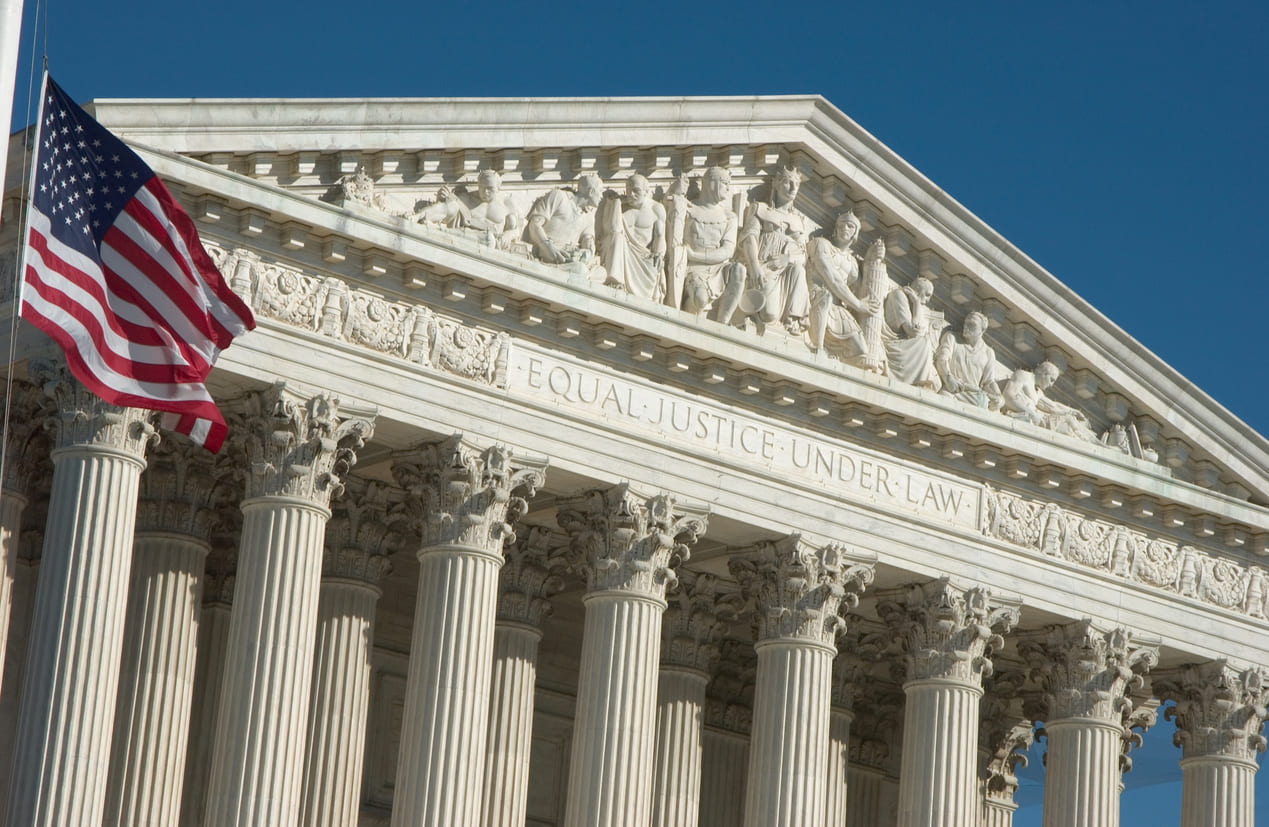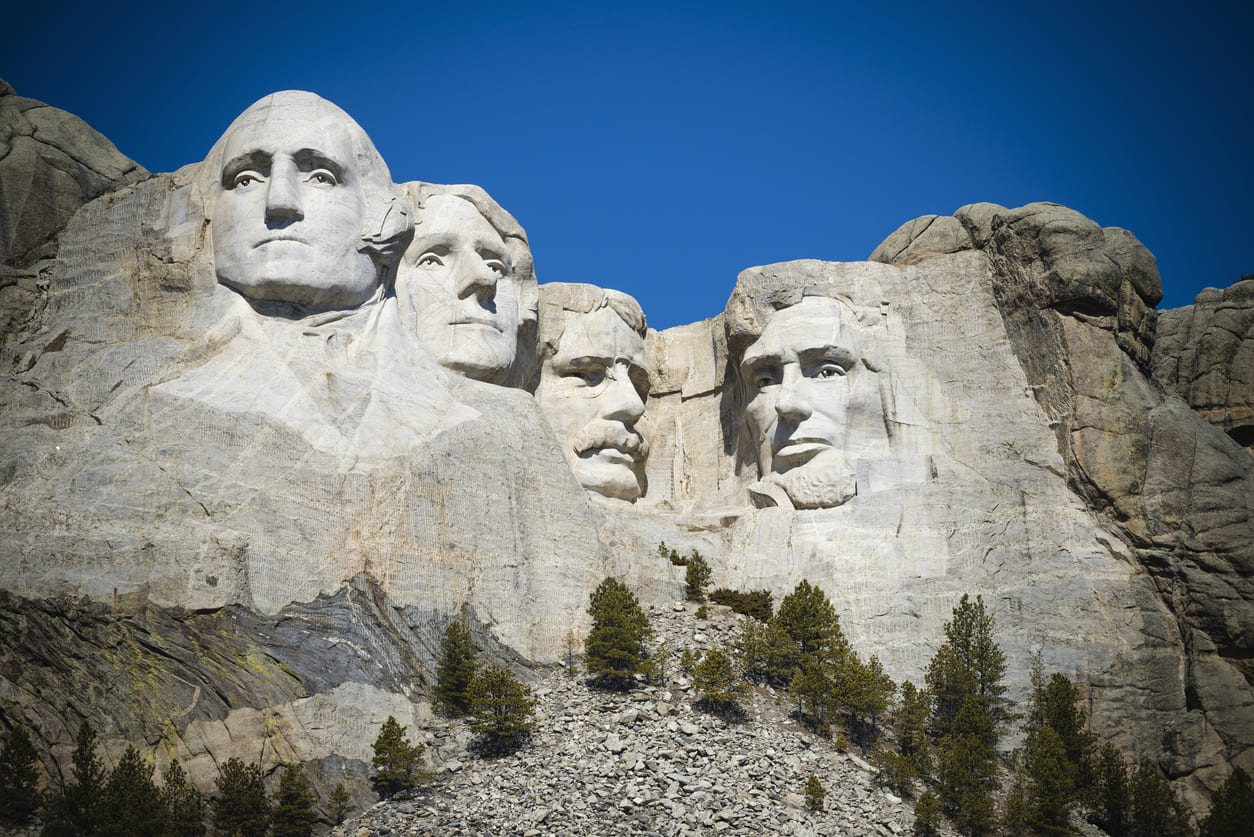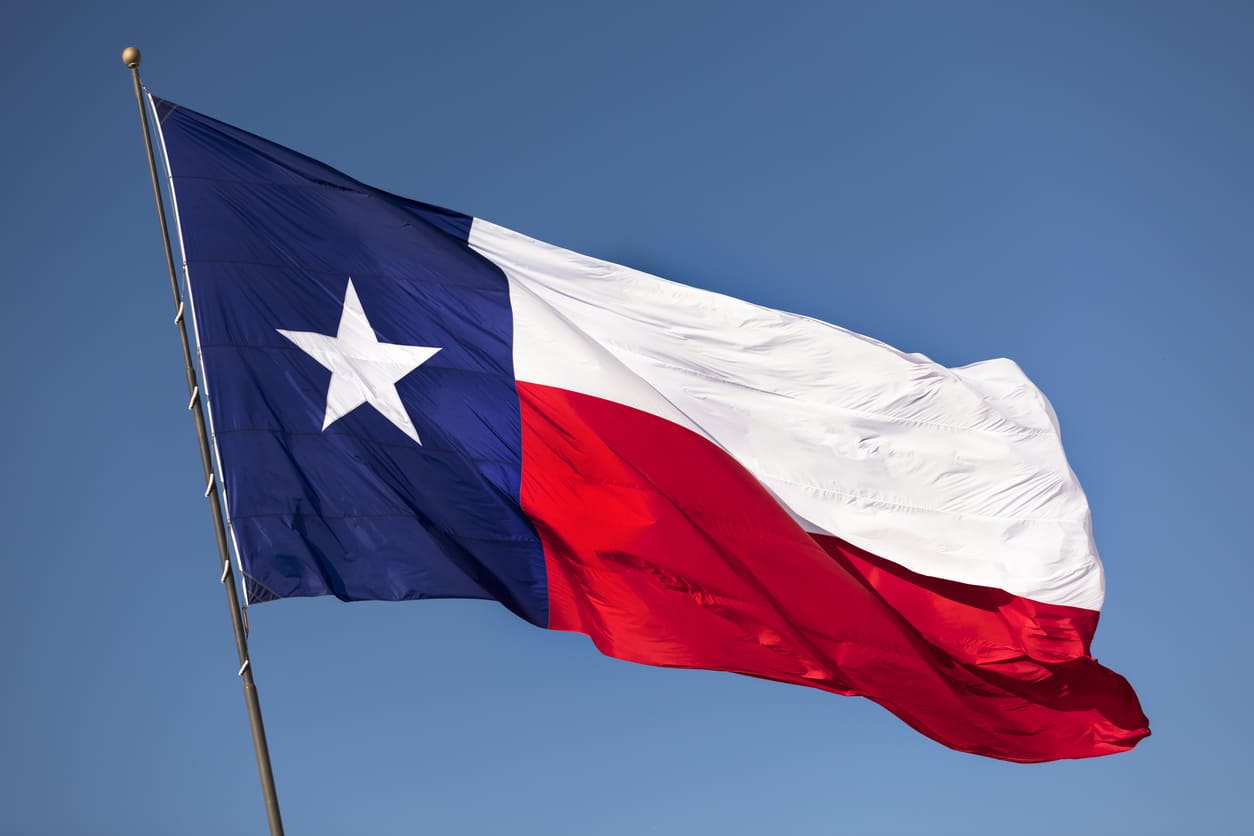Dates of Mardi Gras (Shrove Tuesday) in the United States
| 2026 | Feb 17 |
| 2025 | Mar 4 |
| 2024 | Feb 13 |
Related Holiday in the United States
United States Holiday Calendars
Mardi Gras, also known as Shrove Tuesday in the United States, is celebrated the day before Lent begins, symbolizing a time of feasting and festivities. Famous for its vibrant parades, music, and costumes, it is especially popular in New Orleans, where it blends cultural traditions with its religious roots.
Mardi Gras (Shrove Tuesday): A Public Holiday?
Mardi Gras, or Shrove Tuesday, is a public holiday in certain parts of the United States. It is officially recognized as a public holiday in Louisiana and parts of Alabama and Mississippi, though its observance varies in Florida.
In Louisiana, Mardi Gras is a statewide public holiday, with state offices and many businesses closed for the day. In Alabama, it is observed as a state holiday primarily in the Mobile and Baldwin County areas, where celebrations are deeply rooted. In Mississippi, it is recognized as a state holiday in some Gulf Coast communities that host local festivities. In Florida, while Mardi Gras is celebrated in some regions, especially those near the Gulf Coast, it is not officially a statewide public holiday.

History of Mardi Gras
Mardi Gras originates in ancient European traditions and is most famously associated with French culture. The term "Mardi Gras" translates to "Fat Tuesday," referring to the custom of indulging in rich foods and festivities before the solemn period of Lent. Introduced to North America by French explorers in the early 18th century, Mardi Gras quickly became a popular celebration in areas with French influence. The first documented Mardi Gras in the United States occurred in 1703 in Mobile, Alabama, a French colony at the time. Over the centuries, it has evolved into a vibrant cultural event, especially in the South, blending French, African, and American traditions to create a unique and colorful celebration.
History of Shrove Tuesday
Shrove Tuesday, the religious counterpart of Mardi Gras, is observed in Christian communities as a day of preparation before the season of Lent. The word "Shrove" comes from the Old English term "shrive," meaning to confess sins and seek absolution. Traditionally, it is a day for attending church, confessing sins, and using up rich ingredients like butter and sugar in pancakes or other feasts, as these foods were often forbidden during Lent. While Shrove Tuesday shares the same calendar date as Mardi Gras, its focus is more spiritual, emphasizing reflection, repentance, and the transition into a period of fasting and prayer.
Mardi Gras Celebration in the USA
Mardi Gras celebrations in the United States are most famously associated with New Orleans, Louisiana, where the festival has become a significant cultural event. The festivities feature grand parades, colorful floats, masked balls, and lively street parties. The iconic tradition of throwing beads, coins, and trinkets from parade floats has become a hallmark of New Orleans Mardi Gras, drawing millions of visitors each year. While Louisiana hosts the most prominent celebrations, Mardi Gras is also observed in Alabama, particularly in Mobile, which boasts the oldest annual Mardi Gras celebration in the U.S. In some regions, the festivities include religious observances, such as attending church services and enjoying traditional pre-Lenten feasts.
Mardi Gras is noteworthy for its cultural, historical, and religious significance. For many, it is a time to celebrate joy and community before the solemnity of Lent. The festivities unite people, fostering unity and promoting the local economy, particularly in cities like New Orleans. Mardi Gras also preserves a rich heritage, blending French, African, and American traditions into a vibrant and unique celebration. Beyond its festive nature, Mardi Gras serves as a reminder of the balance between indulgence and reflection, marking the transition from a period of celebration to one of spiritual growth and discipline.
Mardi Gras (Shrove Tuesday) Observances
| Year | Date | Weekday | Name | Holiday Type | Region |
|---|---|---|---|---|---|
| 2024 | Feb 13 | Tue | Mardi Gras (Shrove Tuesday) | State Holiday | AL Alabama , FL Florida , LA Louisiana , MS Mississippi |
| Feb 13 | Tue | Mardi Gras (Shrove Tuesday) | Observance, Christian | ||
| 2025 | Mar 4 | Tue | Mardi Gras (Shrove Tuesday) | State Holiday | AL Alabama , FL Florida , LA Louisiana , MS Mississippi |
| Mar 4 | Tue | Mardi Gras (Shrove Tuesday) | Observance, Christian | ||
| 2026 | Feb 17 | Tue | Mardi Gras (Shrove Tuesday) | State Holiday | AL Alabama , FL Florida , LA Louisiana , MS Mississippi |
| Feb 17 | Tue | Mardi Gras (Shrove Tuesday) | Observance, Christian | ||
| 2027 | Feb 9 | Tue | Mardi Gras (Shrove Tuesday) | State Holiday | AL Alabama , FL Florida , LA Louisiana , MS Mississippi |
| Feb 9 | Tue | Mardi Gras (Shrove Tuesday) | Observance, Christian | ||
| 2028 | Feb 29 | Tue | Mardi Gras (Shrove Tuesday) | State Holiday | AL Alabama , FL Florida , LA Louisiana , MS Mississippi |
| Feb 29 | Tue | Mardi Gras (Shrove Tuesday) | Observance, Christian |



